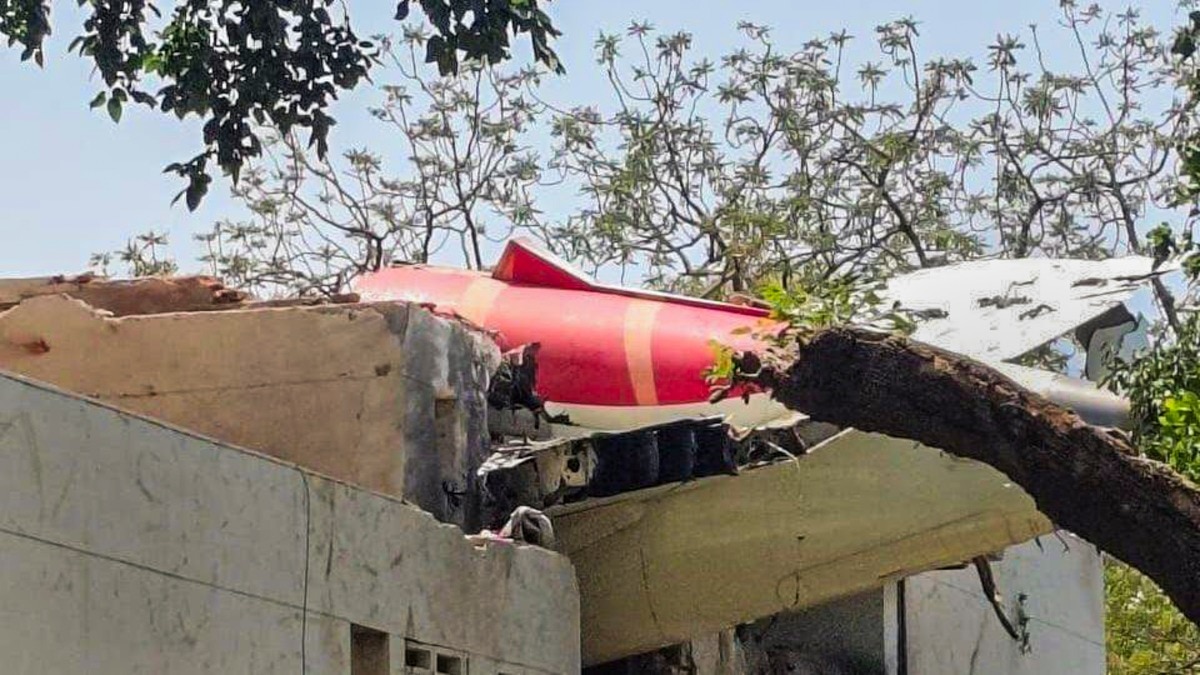The crash of Air India Flight AI171, a Boeing 787 Dreamliner, near Ahmedabad on Thursday, is expected to activate multiple layers of the airline’s aviation insurance. These policies are structured as all-risk packages, covering everything from aircraft damage to third-party liabilities and war-related incidents.
An Air India Boeing 787-8 Dreamliner bound for London’s Gatwick Airport crashed shortly after departing from Ahmedabad. The incident occurred between 1 pm and 2 pm, moments after the departure of flight AI171, which was carrying 242 passengers.
It is to be noted that on Thursday, Tata Group Chairman N Chandrasekaran announced that the company will offer Rs 1 crore to the families of individuals who tragically lost their lives in the Air India plane crash near Ahmedabad.
Hull All-Risk coverage
At the heart of aviation insurance is the Hull All-Risk policy, which covers physical damage to the aircraft. This includes incidents on the ground, in-flight accidents, and collisions. For widebody jets like the Boeing 787 Dreamliner, insured values generally range from $211 million to USD 280 million, depending on the aircraft’s age, configuration, and maintenance history.
“The aircraft involved, registered as VT-ABN, was reportedly a 2013 model,” said Amit Agarwal, CEO & MD, Howden India. “According to 2021 insurance records, its insured value stood at approximately USD 115 million. Compensation is paid based on this agreed value, regardless of whether the damage is partial or total.”
Hitesh Girotra, Vice President – Aviation & Specialty Lines at Prudent Insurance Brokers, noted that based on age and specifications, the hull value would likely be in the $75–80 million range and covered under the Hull All-Risk policy.
Operator liability and passenger claims
Beyond the aircraft’s value, operator liability could significantly amplify total costs. Girotra said, “Passenger nationality will determine minimum compensation under the Montreal Convention. Since the aircraft crashed into a residential area, Air India also faces third-party claims for property damage and potential civilian casualties.”
Under the Montreal Convention of 1999—binding on India—airlines are liable to pay up to 128,821 Special Drawing Rights (about USD 171,000) per passenger in case of death or injury.
Hull War risk coverage
In addition to standard hull insurance, most airlines also purchase Hull War Risk coverage. This provides protection against terrorism, sabotage, and war-like events. If investigations find any such links in the Ahmedabad crash, this policy section may also come into play.
Liability and Third-Party Coverage
This component typically represents the largest exposure in major accidents. It includes legal liability to passengers and third parties—covering death, injury, baggage, cargo loss, and property damage. “The liability section could amount to millions of dollars,” Agarwal said, adding that third-party property damage and civilian harm are key concerns in this case.
Reinsurance and market impact
The insurance burden will be shared across a global network of reinsurers. Narendra Bharindwal, President of the Insurance Brokers Association of India (IBAI), explained that losses involving large aircraft like the Boeing 787 are never borne by a single insurer. “The risk is spread across reinsurers in London, New York, and Zurich. This is standard practice for national carriers like Air India.”
Typically, aircraft are covered through multi-layered insurance programmes. While the hull may be insured for $200–$300 million, third-party liability—especially on international routes—can exceed $500 million. The risk is syndicated across dozens of reinsurers, with each covering 1.5% to 2%. A lead reinsurer generally handles 10% to 15% and coordinates claim settlements.
What happens next
The total insurance payout is expected to run into several hundred crores. While these losses are largely absorbed by global reinsurers, the incident is likely to impact India’s aviation insurance market, valued at Rs 900 crore annually. Experts anticipate a hardening of rates and tighter underwriting during the next renewal cycle.
